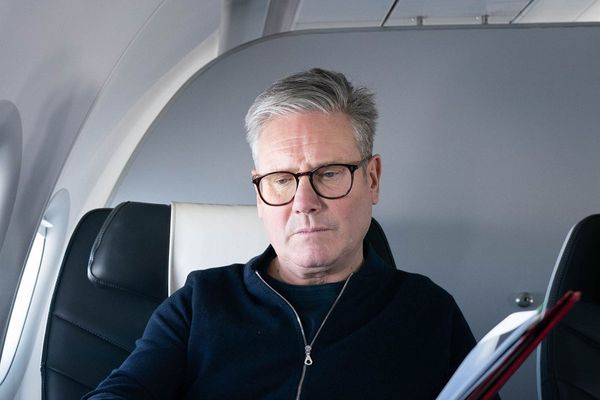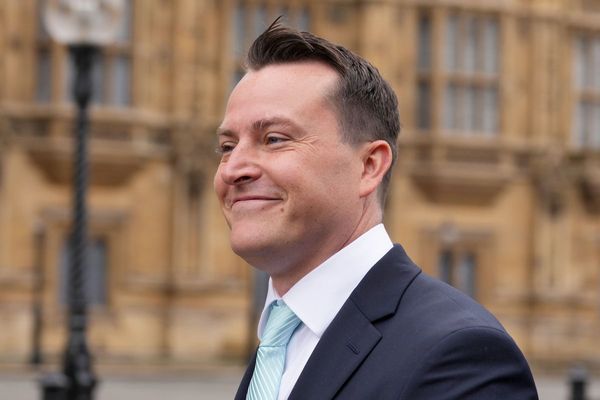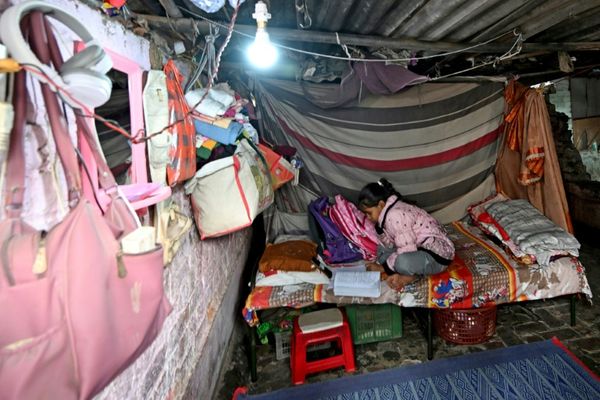
Suddenly, that very 20th-century risk of nuclear war has elbowed its way back to centre stage, eager to keep company with all those other existential threats we’ve been grappling with — like global pandemics, the climate crisis, and rising post-fascist authoritarianism.
In the 30-odd years since the end of the Cold War wound back those large strategic stockpiles that threatened mutual destruction, it seems we’ve forgotten the threat nuclear war poses, even down here in Australia.
It’s proving remarkably hard to squeeze the nuclear story into Australia’s news cycle, with the will-they-won’t-they tax cuts taking up so much oxygen. And harder still, because neither of the major parties thinks it has anything to gain by encouraging the conversation.
But even far-off Australia would be transformed by a “limited” nuclear exchange in Ukraine through its impact on food production and refugee movements. As nuclear war becomes suddenly more likely, it’s time to talk, at the very least, about how we should talk about it. Is it dangerously probable? Or unimaginably impossible?
With escalating threats from the Russian leadership, US President Joe Biden seemed to draw close to the probable take in a private/not-private speech late last week: “We have not faced the prospect of armageddon since Kennedy and the Cuban missile crisis,” he said, adding Putin was “not joking when he talks about potential use of tactical nuclear weapons”.
Gulp! Still probable is short of certain, isn’t it? So how probable do we mean? Best guess we have is from back in January when, with the invasion of Ukraine pending, the Bulletin of the Atomic Scientists held its Doomsday Clock at 100 seconds to midnight — the closest it’s been since the clock’s inception in the late 1940s.
Should we believe Putin? Or is he bluffing when he says he’s not bluffing?
Ukrainians don’t have the luxury of wondering. In The Kyiv Independent on the weekend, Illia Ponomarenko, in asking “How Likely is Putin to Nuke Ukraine?”, gave a blunt, frontline perspective: after the failures of the partial mobilisation and the attempted gas blockade on Europe, “tactical nuclear weapons may be a logical Plan C for Russia”.
Ponomarenko warned that one tactical nuke would not be enough: “The Kremlin would inevitably have to use multiple strikes to derail Ukrainian offensives.”
So-called “tactical” nuclear weapons (as distinct from the larger mutually assured destruction “strategic” range) have opened a sense of Strangelovian possibility among certain military thinkers, encouraged by elements of the Republican right — Trump in particular.
Russia is thought to have between 1000-2000 tactical weapons, each up to about 50 kilotons of TNT equivalent. (The bombs dropped on Hiroshima and Nagasaki, about 15 and 25 kts respectively, are in the tactical, rather than strategic, range.)
Militarily, the Institute for the Study of War (a Washington-based think tank with defence industry funding) assessed Putin’s “not bluffing” assertion last month: “Russian nuclear use would therefore be a massive gamble for limited gains that would not achieve Putin’s stated war aims. At best, Russian nuclear use would freeze the frontlines in their current positions and enable the Kremlin to preserve its currently occupied territory in Ukraine.”
Meanwhile in August, academic journal Nature Food (part of the Nature group) published a paper on the impact of nuclear war on food security and famine through the soot it throws into the atmosphere (based in part on the lesser impact of soot from Australia’s 2019 bushfires).
It concluded that even a regional nuclear war (modelled on wars between India and Pakistan) fought with tactical nukes “would be a global catastrophe for food security”. Large parts of the world may suffer famine, it said, even if the impact was offset through better sharing of available food and less waste.
The “good” news for Australia and New Zealand is that local food production would be largely unaffected due to our reliance on wheat, but it warns that “Australia and New Zealand would probably see an influx of refugees from Asia and other countries experiencing food insecurity”.
Nukes in Ukraine would normalise their use; the second “limited” nuclear war seems a lot more probable than the first.
Right now, we’re hoping Russia is using rhetoric as a stand-in for action, threatening to turn the possibility offered by tactical nukes into a probability to defend its claimed territories it has occupied in Ukraine.
The US, in turn, seems to be relying on talking up the impossible armageddon of nuclear escalation that has kept war non-nuclear since the 1950s. We don’t know what private messages it has sent to Moscow on how it would respond to a Russian nuke.
The world is relying a lot on how Biden’s team manages it.







